
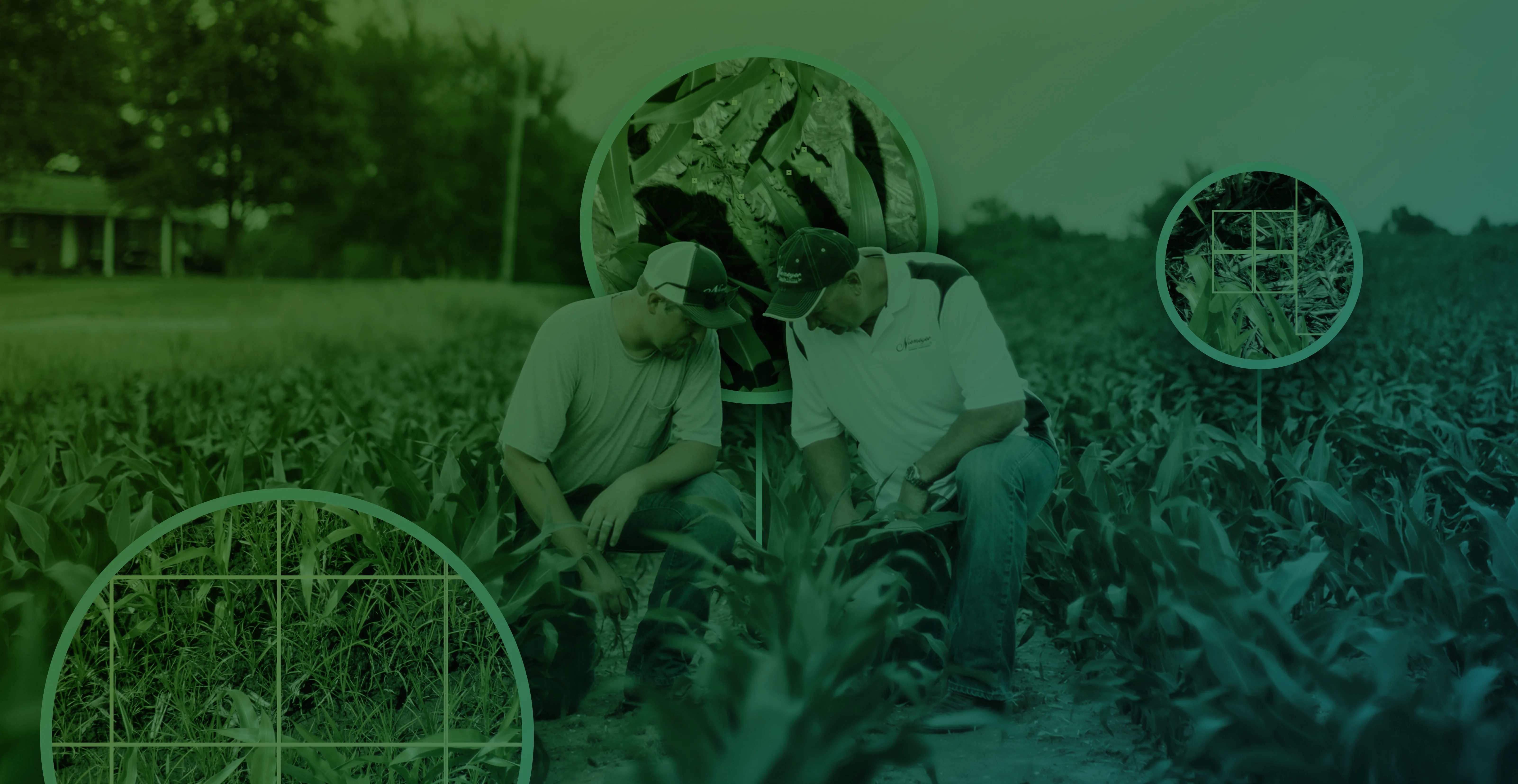
Precision agriculture has transformed the way growers manage their crops—unlocking powerful insights, increasing efficiency and ultimately improving profitability. From real-time scouting to AI-driven agronomic recommendations, the tools available today have the potential to change everything. But there’s one catch: most of them rely heavily on connectivity.
And in many parts of rural America, that’s still a problem.
It’s 2025, and yet large stretches of farmland still lack reliable cell service or broadband. According to the USDA, millions of Americans in rural areas remain underserved when it comes to high-speed internet. For farmers, this creates a major roadblock. While other industries move forward with digital transformation, growers are often left to deal with dropped signals, offline apps and data sync delays—right in the middle of planting, spraying or harvest.
In a world where decisions are increasingly data-driven, the inability to access or share that data can make a big difference.
Precision agriculture brings immense value—whether it’s flagging early stand issues, identifying nutrient deficiencies, or tracking insect pressure over time. The real benefit is in getting ahead of problems before they spiral into lost yield or wasted input. But without the ability to access those insights on the go, growers and agronomists risk losing the real-time edge that makes precision ag so powerful.
That’s why solutions that work without constant connectivity are more important than ever.

At Taranis, we understand that great agronomy shouldn’t depend on great Wi-Fi. That’s why our system was built to work in the real world—where rural roads get dusty, signals fade out and growers still expect answers.
Here’s how we make precision ag work—connectivity or not:
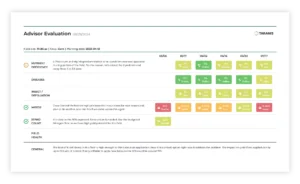
Precision agriculture doesn’t have to be high-tech to the point of being high-hassle. With the right tools, smart farming can be practical, portable, and ready to work even in the most remote corners of the country.
Connectivity shouldn’t stand in the way of better crop decisions. And with Taranis—it doesn’t.
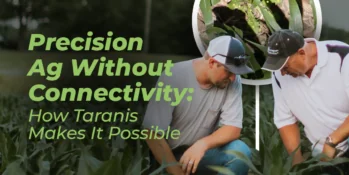
Even in 2025, rural connectivity isn’t a given. But that doesn’t mean precision agriculture has to wait.
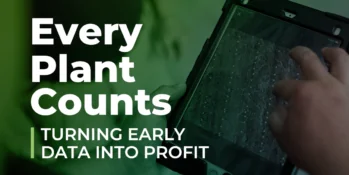
Establishing a strong stand is one of the first—and most critical—indicators of yield potential. But getting a true picture of stand establishment in the narrow window after emergence can be difficult, time-consuming and imprecise. That’s where Taranis Intelligence comes in.
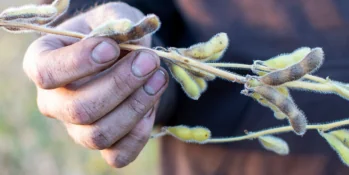
As spring approaches and planting plans solidify, a quiet shift is happening across the Corn Belt. In coffee shop conversations and agronomist calls, soybeans are gaining attention — not as a backup plan, but as a serious strategic move.